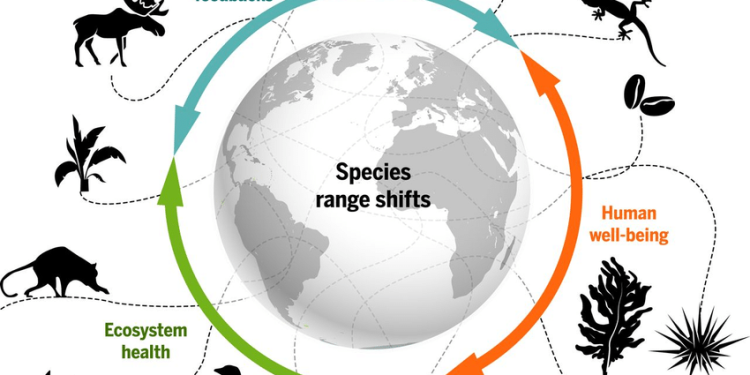🖥️ Introduction
Semiconductors are the backbone of modern electronics—from smartphones and cars to defense systems and AI servers. Recognizing their strategic importance, India launched the Semiconductor Mission to reduce import dependence and become a global chip manufacturing hub. In 2025, the mission is gaining traction, with major investments, policy support, and global partnerships coming together to lay the foundation of a domestic fab and design ecosystem.
🇮🇳 Why India Needs a Semiconductor Ecosystem
- India currently imports 100% of its advanced chips, mostly from Taiwan, South Korea, and China.
- Global chip shortages during COVID-19 exposed India’s supply chain vulnerabilities.
- Semiconductors are key to national security, economic resilience, and technological leadership.
- India is the world’s second-largest mobile manufacturer—but chip dependency limits value capture.
🧩 Key Components of the India Semiconductor Mission
- Financial Incentives:
₹76,000 crore (approx. $10 billion) package to support:- Fab (fabrication) units
- Compound semiconductor and display fabs
- Semiconductor packaging and testing units
- Design-led innovation
- Policy Push:
- Launched by the Ministry of Electronics and IT (MeitY)
- Fast-track approvals, land access, and infrastructure creation
- Collaboration with ISRO, DRDO, and academia
- India Semiconductor Research Centre (ISRC) being developed to support R&D and talent training.
🏭 Major Projects in 2025
- Micron Technology: $2.75 billion ATMP (assembly, testing, marking & packaging) plant in Gujarat.
- Tata Electronics: Leading a consortium for 28nm fab plant in Dholera, Gujarat.
- Vedanta-Foxconn JV: Initial plans restructured but still aiming for display and chip fabs.
- Tower Semiconductor (Israel) in talks to set up fabrication unit.
- Chip design startups like Saankhya Labs, Invecas, and Signalchip are growing.
👨💻 Building Human Capital
- Specialized courses and chip design labs launched in IITs, IISc, and NITs.
- AICTE-backed Semiconductor Skill Development Program.
- Global chipmakers collaborating to upskill Indian talent in VLSI, embedded systems, and testing.
🔗 India’s Role in the Global Semiconductor Supply Chain
- Positioned as a trusted partner amid US-China chip tensions.
- Focused on becoming a design and packaging hub first, before advanced fabs.
- Collaborating with nations like Japan, USA, Taiwan, and South Korea for tech transfer and capacity building.
⚠️ Challenges to Overcome
- High water and power needs of chip fabs.
- Long gestation period and massive capex (~$5–10 billion per fab).
- Global talent shortage in chip engineers.
- Need for robust IP protection and ease of doing business.
🌟 Opportunities Ahead
- Domestic demand from EVs, smartphones, defense, and telecom is soaring.
- Potential to attract global chip giants like TSMC, Intel, and Samsung.
- Strengthening of India’s digital sovereignty and job creation in high-tech sectors.
🧠 Final Thought
India’s semiconductor mission is not a sprint—it’s a marathon. With the right mix of policy, investment, global alliances, and local innovation, India can become a critical node in the global chip supply chain, powering both economic growth and strategic security.
































































